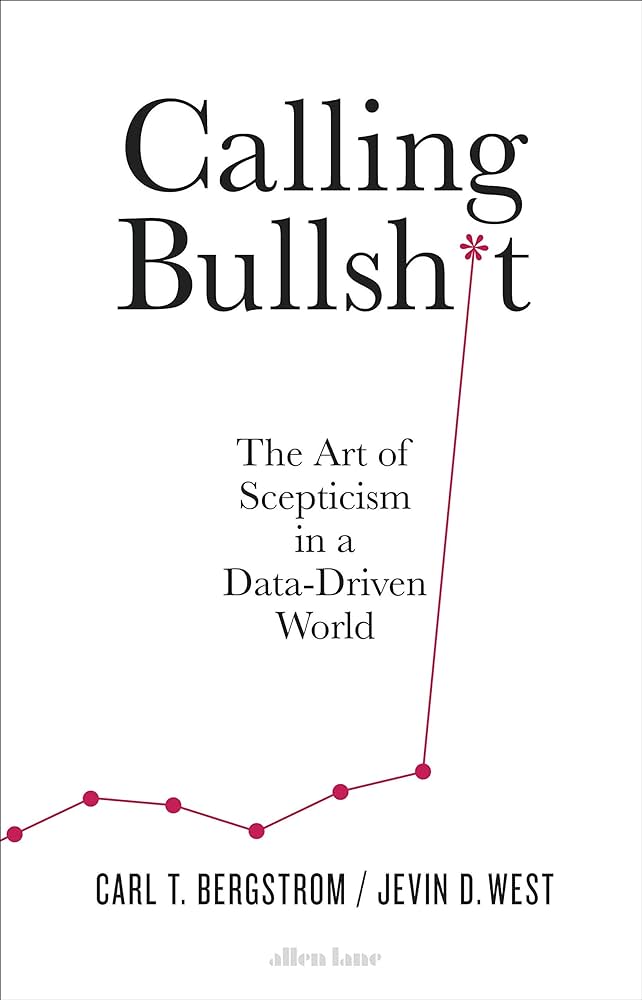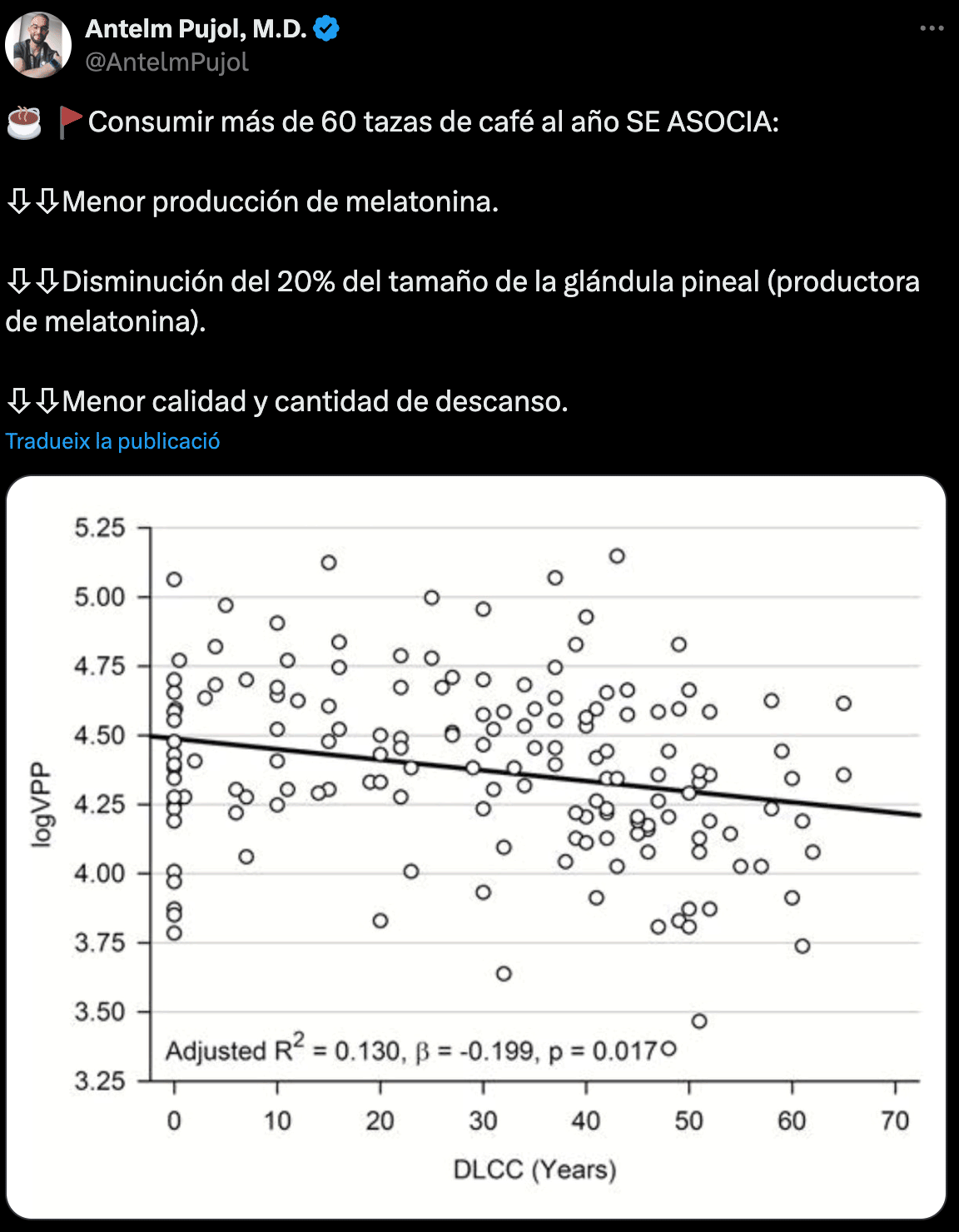Measuring the World 📏🌍
07/02/2024 - 09/02/2024
This seminar offered a deep dive into our data-driven world, helping us examining how data influences our daily lives and encouraging us to have critical and creative engagement with it.
A data driven world
In today's fast-paced digital age, our dependence on data has become paramount. Every single day, an overwhelming amount of information pours in from thousands of different sources worldwide: people engaging with social media, businesses doing transactions, and machines collecting and transmitting data points. This explosion in data creation is responsable adoption of data analytics as a highly important tool that helps us to glean meaningful insights from these vast pools of information.
Nowadays, data analysis serves has become the new way of decision-making processes, allowing organizations and governments to go through the massive volume of data to discover valuable patterns and trends. Through the use of analytical techniques, businesses can dicover important insights, find emerging opportunities, and drive strategic initiatives forward.
The significance of data analytics goes far beyond the corporate realm. It has pentrated into every area of our society, influencing fields such as healthcare, finance, and academia. The transformative potential of data analytics is boundless, reshaping industries and revolutionizing the way we harness data to solve problems and make informed decisions.

Call bullsh*t
In today's data-driven society, the importance of questioning misinformation cannot be overstated. When navigating through a sea of data, it's crucial to distinguish fact from fiction, and that's where calling out bullshit becomes essential. By challenging dubious claims and flawed interpretations, individuals uphold the integrity of data-driven decision-making processes.
This practice isn't just about skepticism; it's about accountability and transparency. It encourages critical thinking and scrutiny of data sources, methodologies, and assumptions. In fields like journalism and public policy, calling out bullshit is vital for maintaining credibility and trust.
In a world where misinformation can spread like wildfire, calling bullshit is a responsibility we all share. It's about ensuring that decisions are based on accurate, reliable information, and upholding the principles of honesty and integrity in our data-driven endeavors.

Correlation ≠ Casualties
Great examples that shows how a lack of basic statistics knowledge from general population usually leads to missinformation getting a way into people's life can be seen mainly on twitter, where usually bold graphs with crazy affirmations get published and advertised as an unquestionable truth. Most of the times a major part of this graphs lack proper correlation (r^2) but most people, even though values are up there to check lack technical knowledge to be able to figh missinformation.

Playing with data
To put in practice our knowledge on how to properly analyze and measure data we had to make a group exercise usign predefined tools. My group composed by Minnie, Annna, Dudu and Dhrishya decided to to focus on connections.
So question comes: How do you measure connections??? When talking about connections, one of our main interests was how neighbourhoods and cities have changed through the years. Poblenou was a great example of this, beign a neighbourhood constantly in change. to measure connections, considering a lot of new socila places have recently appeared, we decided to see how opened internet connections where in this areas. To do it we were limited to use just one tool for each group so we decided to use the barduino. As the barduino has wifi connection, we thought it will be great to use this tool to get the wifis around a place and how opened they are. The first problem came when we realized that data could not be saved in an arduino as it doesn't have storage module. to solve this, we wrote a python code to translate the info to a remote machine (minnie's laptop) so while people were taking data from the places, we will recieve it at the fab lab and save it in a csv file. Second problem came at the time of mixing all our data As we also needed the location, we use a phone app to send the coordinates at the same time but this ones alongside with the google maps metatdata of the places where saved in another csv so we had to create a second python script to join all the info in just one file. Finally, once the data was all saved, we created a third python script using libraries folium and pandas to generate a html map where all the information and metadata can be visualized (You can check the map here👈 and the documentation here👈). The map shows different areas in green or red representing open wifis around or not and bigger and smaller depending on the amount of wifis in the area.

Reflecting on the seminar
One of the key takeaways of the seminar was the importance of critical engagement with data. In a society inundated with information, distinguishing between fact and fiction is paramount. Learning to call out misinformation, whether it's in the form of flawed interpretations or dubious claims, emerged as a crucial skill in upholding the integrity of data-driven decision-making processes. This practice isn't just about skepticism; it's about accountability and transparency, ensuring that decisions are based on accurate and reliable information.
Related to the goup work, delving into the question of how to measure connections created an intriguing discussion within our group. We acknowledged the diverse forms connections can take, from physical infrastructure to digital networks. Opting to focus on the latter, especially within neighborhoods like Poblenou undergoing rapid change, allowed us to explore dynamic urban contexts. This decision underscored our commitment to understanding how technological connectivity intersects with urban development and social dynamics. All the scripts and data of the exercise can be downloaded here👈